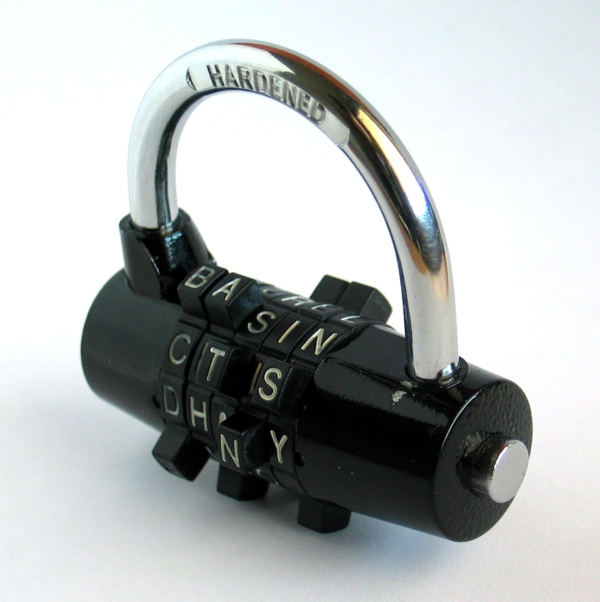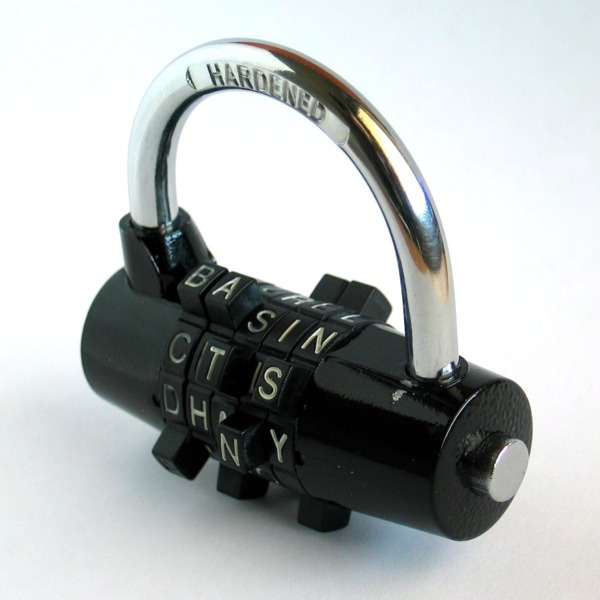One of the most complicated of modern security devices is the combination lock. These locks have been around for centuries, and yet they are still a puzzle to most people. If you have ever used a safe, or ever turned a lock which required a series of numbers, then you have been using a combination lock. The idea behind the principle of the lock is that there are a number of different locking shafts within the same device. Each lock shaft needs to be unlocked using a different ‘key’ or number. When all of the locks are set together, the number code, or combination, needs to be applied in order to open the safe or other secured device. If the combination is forgotten, or the lock becomes stuck, then it will be necessary to call out a local locksmith in order to open the door.

The lock consists of a lock shaft, which has a series of metal pieces. The first one of these us connected directly to the number dial of the lock. The other two are set back into the shaft, with spacers between each. Each of the metal pieces, sometimes called ‘cams’, has a particular tooth which connects to the others as the combination dial is turned, and a corresponding indentation on the other side where the next tooth will fit. When the lock is made, a spring is inserted at the back of the lock, holding the metal cams together.
When the lock is engaged, these cams are out of alignment, preventing the bolt from moving out of position, and securing the safe, or suitcase, or other device which has been secured with a combination lock. Opening the combination lock is not an easy matter, as it involves turning the dial in a certain way, and according to specific instructions. If you do not know the number, then you might have trouble turning the dial. You may be asked to turn the dial round completely before selecting a number, in order to move all of the dials at once. Then turning the other way rotates the first cam until the second number is reached. Then, the second cam is engaged by matching up the teeth. Only then can the third number be used to complete the turning of the cam, and get them moving in unison, releasing the bar.
In theory, the combination lock is not limited to only three metal pieces. The user could put in four, five, or six cams, or even more. It would make turning the dial very laborious, but it would allow the user to feel very secure. Understanding the inside of a combination lock does not make it easy to use, and only a good locksmith will be able to help you if you do happen to lose the combination for your safe or suitcase lock. However, by understanding the insides of the combination lock, you should be able to figure out why they are so difficult to use.
Guy mirkuf – Worked for 10 years as a locksmith, cannot stop writing articles and see new blogs,
Loves areas such as security, safety, locks and safes, and more
Director of U.S. Locksmiths business in areas like Arizona, Seattle, and New York
Love my job and life in general, hope the article helps you, keep smiling…
Inside A Combination Lock

